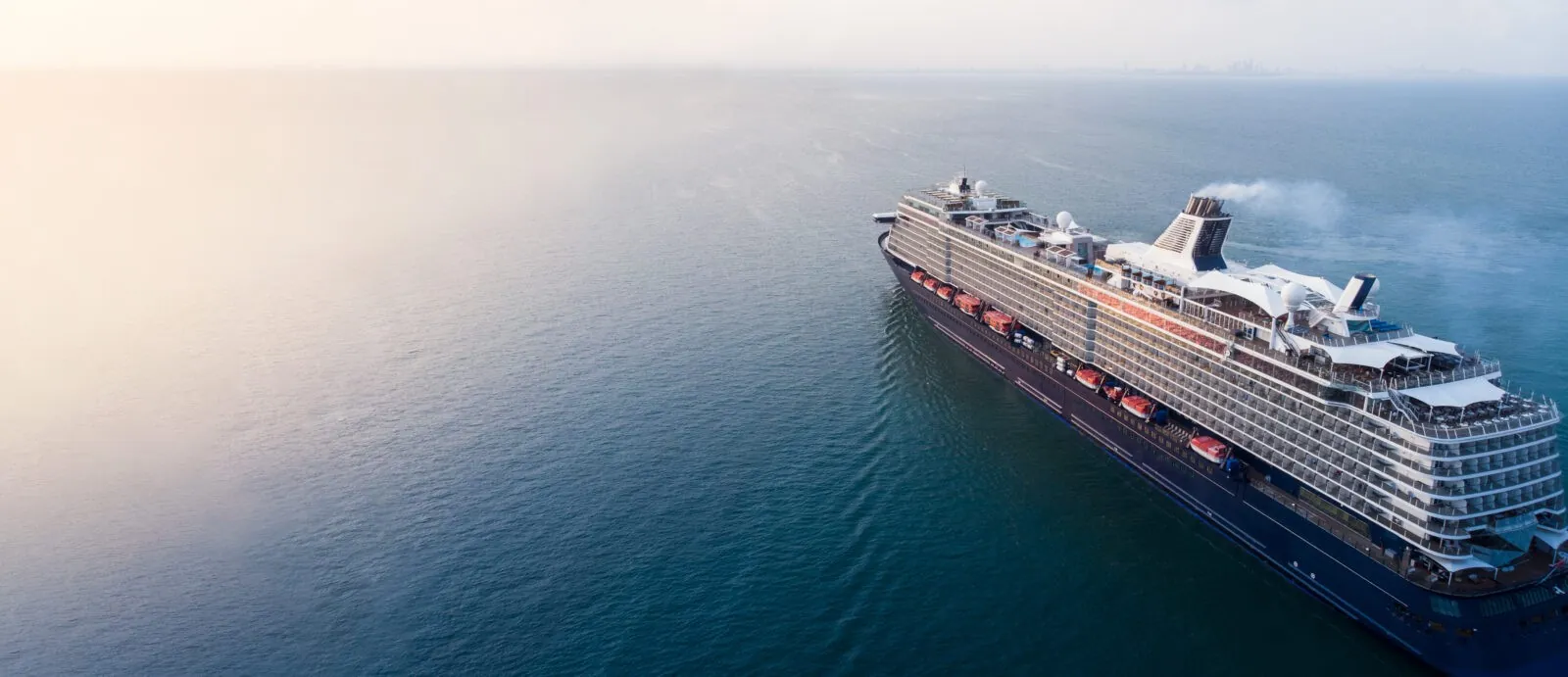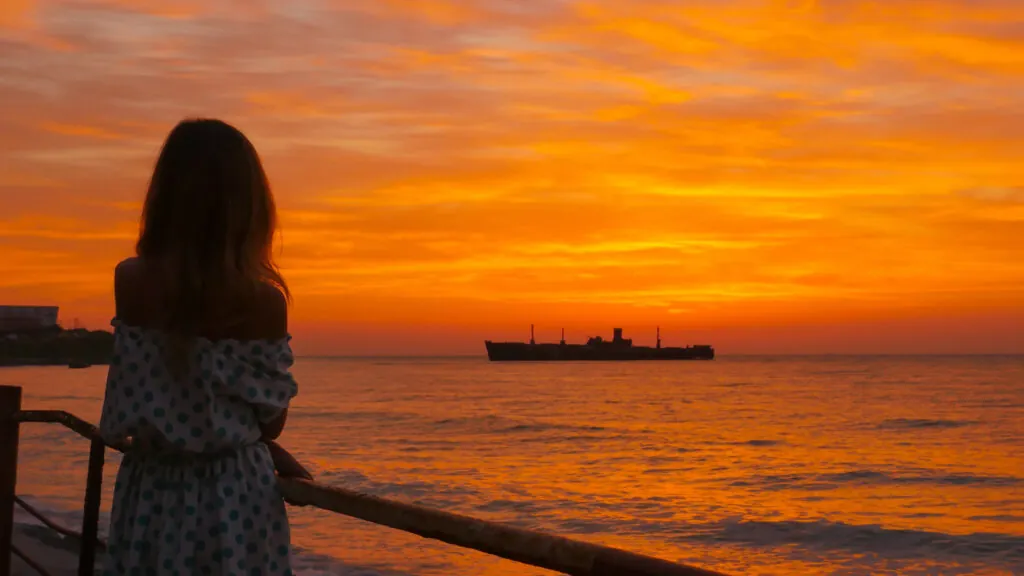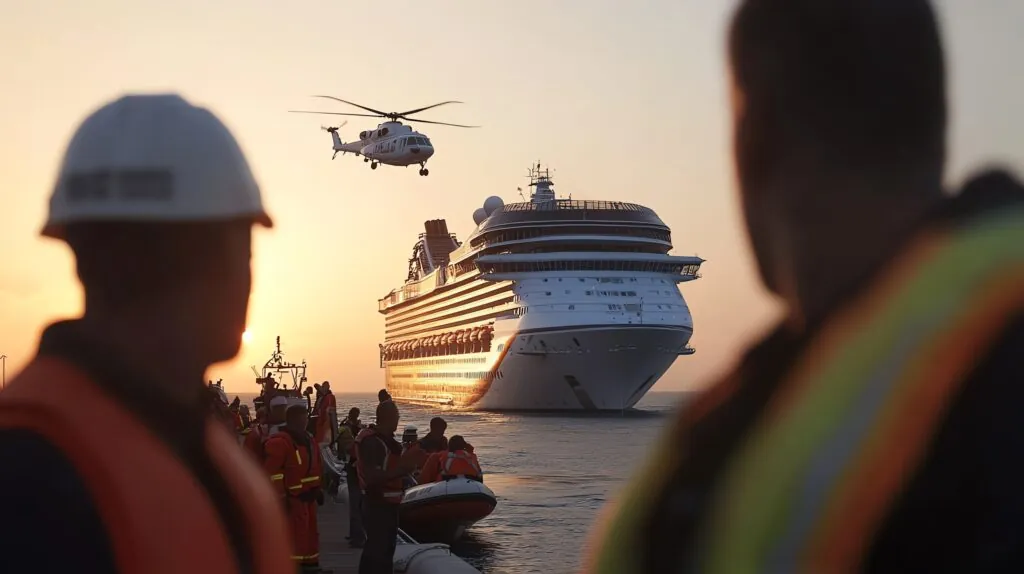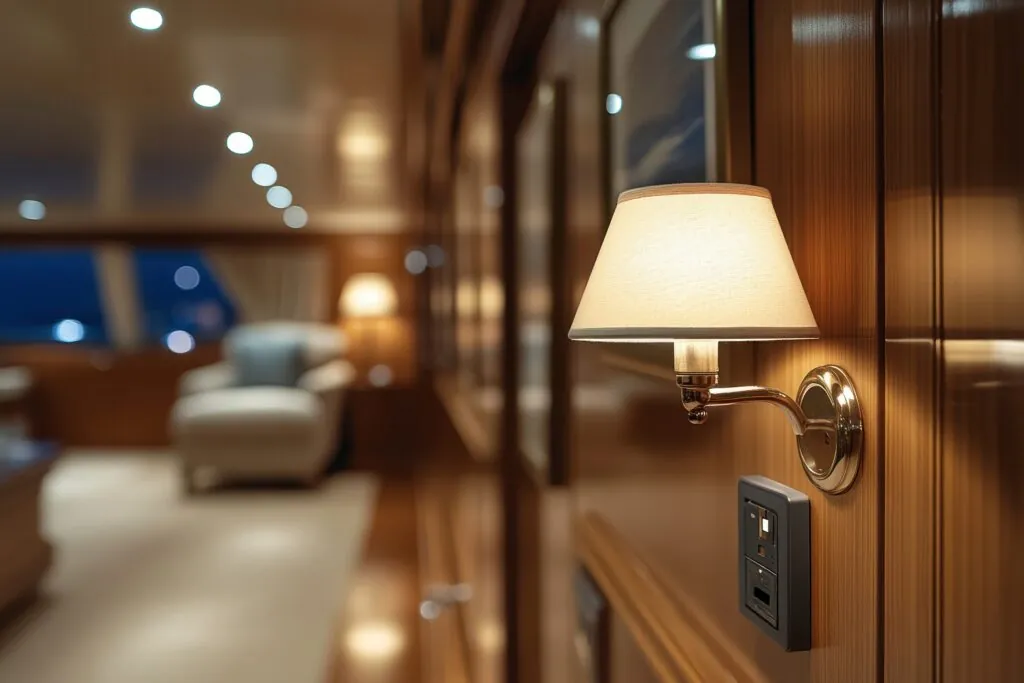How Cruise Ship Overcrowding Can Lead to Accidents and Injuries
Cruise vacations offer an escape from daily life, promising adventure, relaxation, and luxury. However, in recent years, cruise lines have focused on increasing capacity, leading to concerns about overcrowding. As cruise ships grow larger, accommodating thousands of passengers at once, safety risks also rise.
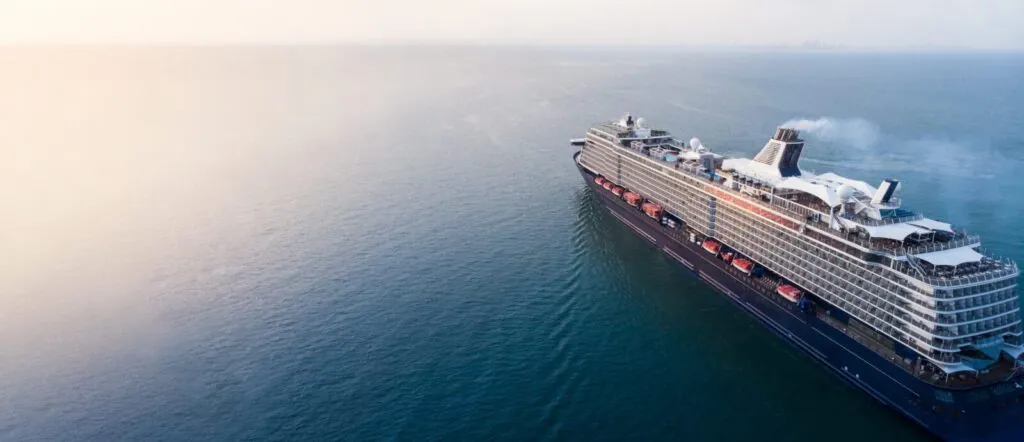
From longer wait times to life-threatening hazards, overcrowding on cruise ships can turn an enjoyable experience into a dangerous one. In this comprehensive guide, we’ll examine the impact of overcrowding on cruise ship safety, the risks passengers face, real-life incidents that highlight these dangers, and what travelers can do to stay safe.
Understanding Cruise Ship Overcrowding
How Cruise Lines Maximize Passenger Capacity
Cruise companies aim to maximize profits by increasing the number of passengers they accommodate per voyage. Some of the largest ships can hold over 6,000 passengers, in addition to thousands of crew members. This is accomplished by:
- Designing smaller cabins with pull-out beds or bunk-style sleeping arrangements.
- Increasing the number of available rooms by modifying ship layouts.
- Selling additional capacity beyond the ship’s standard passenger load, using foldaway beds or multi-occupancy options in cabins.
While these changes make cruises more accessible and affordable for travelers, they also lead to crowded conditions, making it difficult to move through common areas, access dining services, and, most critically, evacuate in an emergency.
When Does a Cruise Ship Become Overcrowded?
Cruise ships are carefully designed to accommodate a certain number of passengers, but some factors can push a ship into dangerously overcrowded territory.
A cruise ship becomes overcrowded when:
- Public spaces, including restaurants, pools, and entertainment areas, feel uncomfortably congested.
- Passengers experience long wait times for dining, elevators, or activities.
- Emergency evacuation routes become difficult to access due to the volume of passengers.
- Safety measures, such as lifeboat capacity and emergency drills, become compromised.
Overcrowding isn’t just about comfort—it directly affects safety by increasing the likelihood of accidents and making it more difficult for passengers to receive medical attention or evacuate in an emergency.
The Risks of Overcrowded Cruise Ships
Increased Likelihood of Slip and Fall Accidents
Slip and fall accidents are one of the most common causes of injury on cruise ships. Overcrowding makes these incidents more frequent due to:
- Wet and slippery surfaces—Crowded pool areas and buffet lines are particularly hazardous, with spilled drinks or excess water creating dangerous conditions.
- Congested hallways and stairwells—With limited space, passengers are more likely to bump into each other, trip over personal belongings, or miss a step.
- Unexpected obstacles—Overcrowding leads to cluttered common areas, making it difficult to navigate safely.
Falls on cruise ships can result in severe injuries, including broken bones, head trauma, and sprains. The risk is especially high for elderly passengers or those with mobility issues.
Medical Emergencies and Delayed Response Times
Cruise ships typically have limited medical staff onboard, often consisting of only a few doctors and nurses. When a ship is overcrowded, this small team can become overwhelmed, leading to dangerous delays in medical care.
If multiple passengers require medical assistance at once—such as during an outbreak of illness or a mass casualty incident—response times slow, and some passengers may not receive timely treatment. This is especially concerning for:
- Passengers with pre-existing medical conditions who may require urgent attention.
- Those who suffer serious injuries from falls, burns, or other onboard accidents.
- Passengers experiencing medical emergencies like heart attacks or strokes, where immediate care is critical.
The lack of medical resources in an overcrowded setting can lead to severe health complications, increasing the chances of fatalities at sea.
Fire Hazards and Safety Violations
Fire safety is a major concern on cruise ships, and overcrowding increases fire hazards in several ways:
- Blocked emergency exits—Overcrowding can lead to obstructions in hallways and stairwells, making it harder for passengers to evacuate quickly in case of a fire.
- Increased electrical use—More passengers mean more electronic devices plugged into cabin outlets, increasing the risk of electrical fires.
- Delayed emergency response—If a fire breaks out, large crowds make it more difficult for crew members to manage the situation effectively and ensure everyone evacuates safely.
Despite strict safety regulations, overcrowding can make it nearly impossible for passengers to exit in an orderly and timely fashion during an emergency.
Emergency Preparedness Challenges on Overcrowded Ships
Lifeboat Capacity Issues
International maritime laws require all cruise ships to have enough lifeboat space for every passenger and crew member. However, overcrowding can still cause significant issues during an evacuation:
- Delays in lifeboat access—With so many people trying to board at once, congestion can slow down the evacuation process.
- Confusion and panic—Passengers may struggle to find their assigned lifeboats, leading to disorderly evacuations.
- Limited crew control—An excessive number of passengers can make it difficult for crew members to coordinate an efficient and safe lifeboat launch.
In worst-case scenarios, passengers could be left waiting on the ship for longer than expected, putting them at increased risk during an emergency.
Stairwell and Hallway Congestion During Emergencies
Evacuations rely on well-maintained and accessible emergency exits. However, overcrowding makes it difficult for passengers to move freely in an emergency.
- Passengers may become stuck in hallways and stairwells as they try to evacuate.
- Those with disabilities or mobility issues face additional risks, as crowded conditions can prevent them from moving quickly.
- Panic can escalate rapidly, leading to stampedes, pushing, and additional injuries.
These challenges make it clear that overcrowding isn’t just an inconvenience—it’s a serious safety hazard that can have deadly consequences.
Real-Life Cruise Ship Incidents Due to Overcrowding
Case Study: Costa Concordia Disaster (2012)
The Costa Concordia disaster remains one of the most infamous cruise ship accidents. Overcrowding played a significant role in the chaotic evacuation process, leading to 32 fatalities.
- Passengers reported extreme congestion as they attempted to reach lifeboats.
- Some lifeboats were launched before all passengers had boarded.
- Many individuals were forced to jump into the water as a last resort.
This case highlights the dangers of poor emergency planning in overcrowded conditions.
Passenger Reports and Safety Concerns
Passengers on various cruise lines have reported safety concerns related to overcrowding, including:
- Long wait times at muster stations during safety drills.
- Difficulty navigating packed entertainment and dining areas.
- Challenges in accessing medical care due to overwhelmed medical staff.
These reports serve as a warning for future travelers to be aware of the risks associated with overcrowded cruise ships.
How to Stay Safe on a Crowded Cruise Ship
If you’re planning a cruise, here are some ways to minimize your risks:
- Choose smaller ships with lower passenger capacities to avoid excessive crowding.
- Travel during off-peak seasons to ensure a more comfortable and safer experience.
- Familiarize yourself with emergency exits and locate lifeboats as soon as you board.
- Stay alert in congested areas to avoid slip and fall accidents.
- Pay attention to fire safety measures and follow all crew instructions in case of an emergency.
Frequently Asked Questions (FAQs) About Cruise Ship Overcrowding and Safety
What are the biggest dangers of an overcrowded cruise ship?
The main dangers of an overcrowded cruise ship include an increased risk of slip and fall accidents, delayed medical response times, difficulties in emergency evacuations, and higher fire hazards. Overcrowding also affects passenger comfort by creating congestion in dining areas, entertainment venues, and pool decks.
Can cruise ships legally exceed their capacity?
Cruise ships must adhere to strict passenger capacity regulations set by international maritime laws. However, some cruise lines push their limits by selling more tickets than recommended, using foldaway beds and pull-out couches to accommodate additional passengers. While this may not technically violate capacity laws, it can lead to unsafe overcrowding conditions.
How does overcrowding affect emergency evacuations?
Overcrowding can create significant challenges during emergency evacuations. Passengers may experience delays reaching lifeboats due to congested hallways and stairwells. In some cases, panic and disorder can further slow the process, putting passengers at greater risk in an actual emergency.
Are there enough lifeboats for all passengers on an overcrowded cruise ship?
According to international regulations, cruise ships must have enough lifeboat capacity for everyone on board. However, overcrowding can still make lifeboat deployment difficult. High passenger numbers can lead to disorganized boarding, confusion over assignments, and longer evacuation times, all of which can be life-threatening in an emergency.
What types of injuries are common on overcrowded cruise ships?
Slip and fall injuries are among the most common incidents, often occurring in high-traffic areas such as pool decks, dining halls, and stairwells. Other injuries include falls due to pushing in crowded hallways, medical complications from delayed emergency care, and burns or smoke inhalation from fire hazards that become more dangerous due to overcrowding.
Contact The Cruise Injury Law Firm Today
Overcrowding on cruise ships can lead to serious injuries and dangerous situations. If you or a loved one has suffered an injury due to unsafe conditions on a cruise ship, you may be entitled to compensation.
A maritime injury lawyer can help you understand your legal rights and determine whether the cruise line is liable for your injuries. Contact The Cruise Injury Law Firm today to explore your options and seek the justice you deserve.
